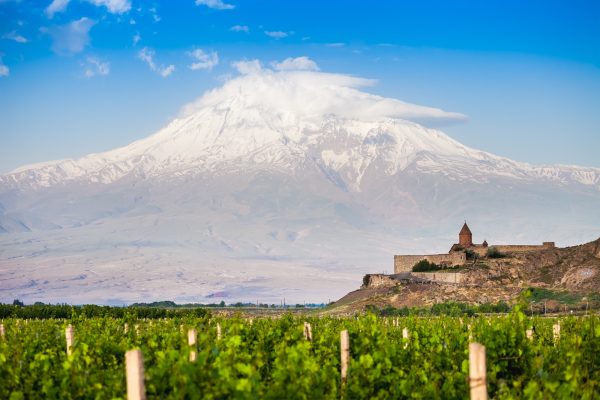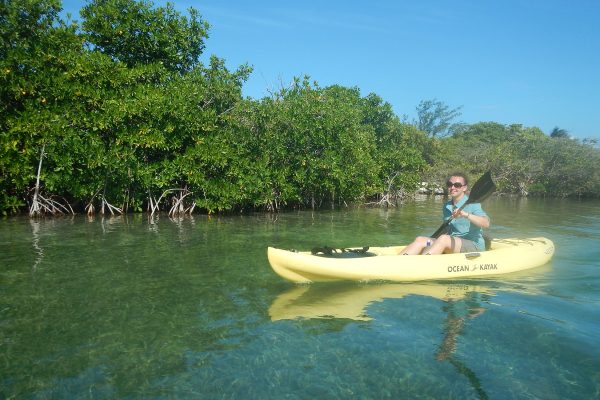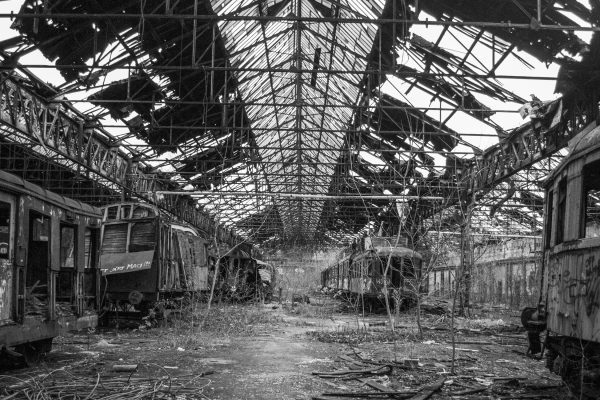Trip duration: 1-2 days | Approx cost: £200 | When: All year round
Doinit factor: It’s cheap and you’ll probably be the only tourist there!
Pristina’s emergence as a capital city arose from Kosovo’s self proclaimed independence from Serbia back in 2008. To date, it remains under international scrutiny about its status as a full on ‘country’ with Serbia leading forward the argument it still remains under its governing rule. It is for this reason that Kosovo remains far from peoples minds as a tourist destination. However, upon a visit, ones perceptions of a war torn city needs to be re-evaluated as you’ll soon come to realise that this is a functioning, bustling, living city home to some 200,000 people.
There are a couple of straight forward options when visiting Pristina. Direct flights are available from most of Europe. Alternatively, do as the locals do, catch a low cost flight to Skopje, (only 110km from Pristina), and then travel from the city centre by either the hourly bus (2 hours) or by the daily train (3 hours). Expect to pay between 2euro’s for a single train fare and 5 euro’s for a single bus fare. Note that your train ticket is only valid until the Kosovan border. From there you will need to purchase a minibus ticket for a further 2 euro’s – (which acts a rail replacement service while the line undergoes repair).
For those who opt to use Skopje as a transit hub, you’re in for a treat. Both the train and bus will take you through a stunningly beautiful mountainous region which forms a natural border between these two former Yugoslav states. Man’s persistent attempts of taming the gorge sides with transportation links make for a hair-raising experience. The narrow roads twist and turn through terrain and through tunnels and bridges. Most the roads have now be resurfaced and widened, but this only makes one wonder how death defying the previous roads must have been. Border formalities are very straight forwards and nothing to worry about; if you are a stamp addict, don’t be afraid to ask for one as sometimes the border control don’t bother – they will happily oblige.
The best way to explore Pristina is on foot; simply wander around town. Start at the north end of Mother Teresa Boulevard by the Kosovo Assembly (Governmental) building. Here the perimeter fence which lines the building has become known as the ‘Wall of the Missing’. A makeshift memorial of photographs attached to the metal railing of Albania’s that were so brutally ethnically cleansed acts as a chilling reminder of the past atrocities

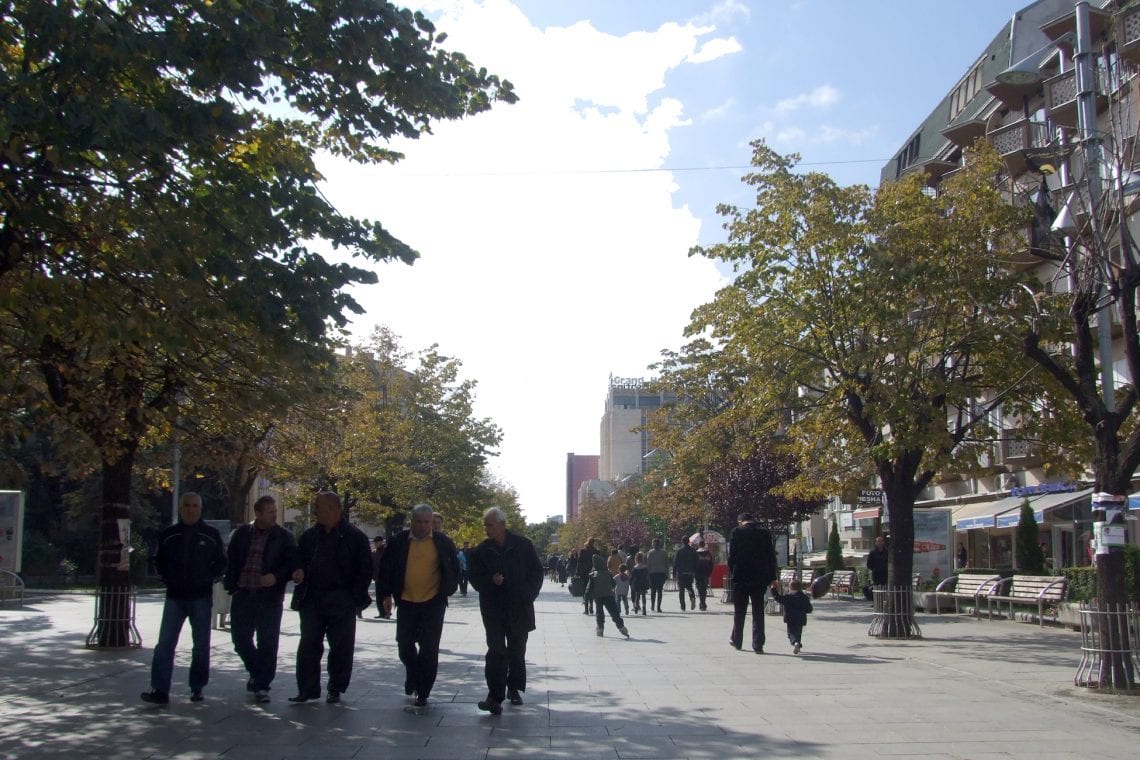
As you make you way down the boulevard it becomes pedestrianised with a good section of cafes and bars. Renovated buildings line either side. Carry your walk on for 10 minutes until you reach the towering Grand Hotel. Turn right (as your going to want to go around the block) and continue for a few minutes. At the next junction you’ll see the impressive youth and sports centre; a mammoth of socialist construction which pierces the skyline with its unusually pointed roof. Part of the structure includes a ground floor shopping mall. In front of the mall, you’ll find the yellow, heavily graffitied ‘Newborn’ sign, unveiled as part of Kosovo’s independence celebrations. Staring at this sign you can’t help but wonder what all the messages might say. I myself like to think they’re messages of hope and which look to a bright future.
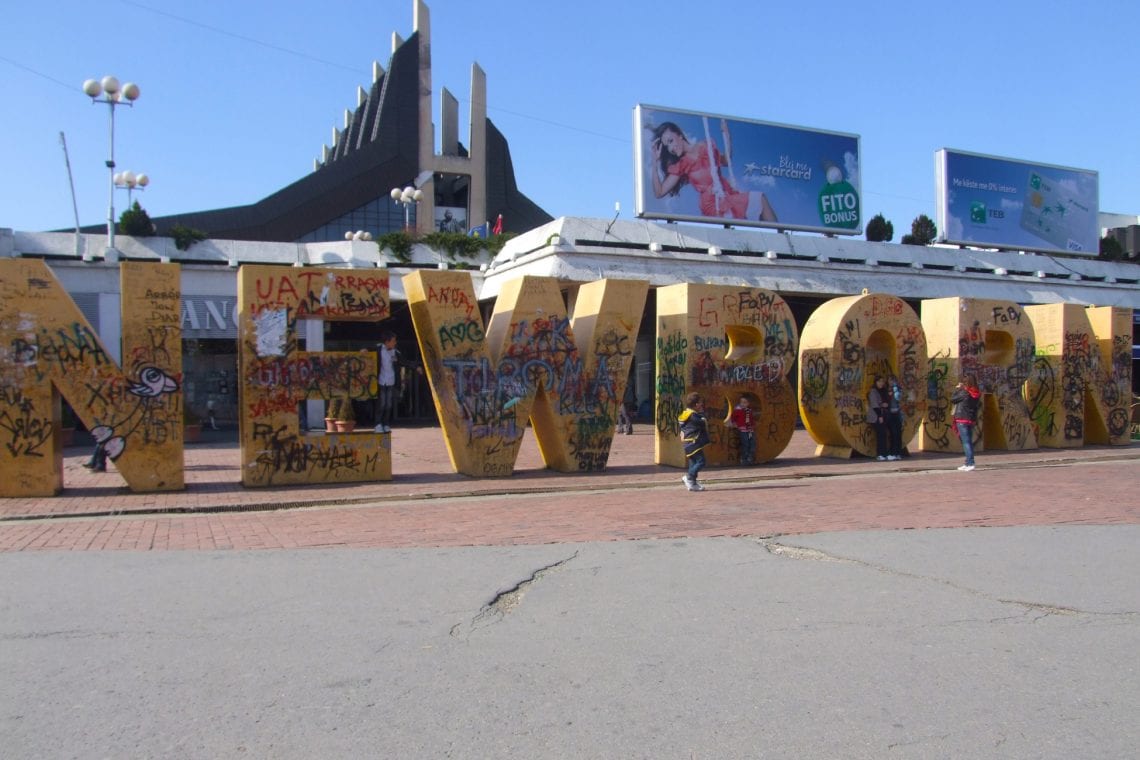
Above: Having tea with our host Ali in Imil the day before our climb
Directly opposite ’Newborn’ you’ll see an entrance to UNMIK (United Nations Mission in Kosovo) complex. Sitting down at one of the handful cafes here to watch the UN vehicles drive in and out can prove a strangely hypnotic experience. Kosovan, Albanian, European Union and American flags that wave from around the complex and throughout the city, indicate the gratefulness to the international community for their intervention and help in establishing this partially recognised new nation.
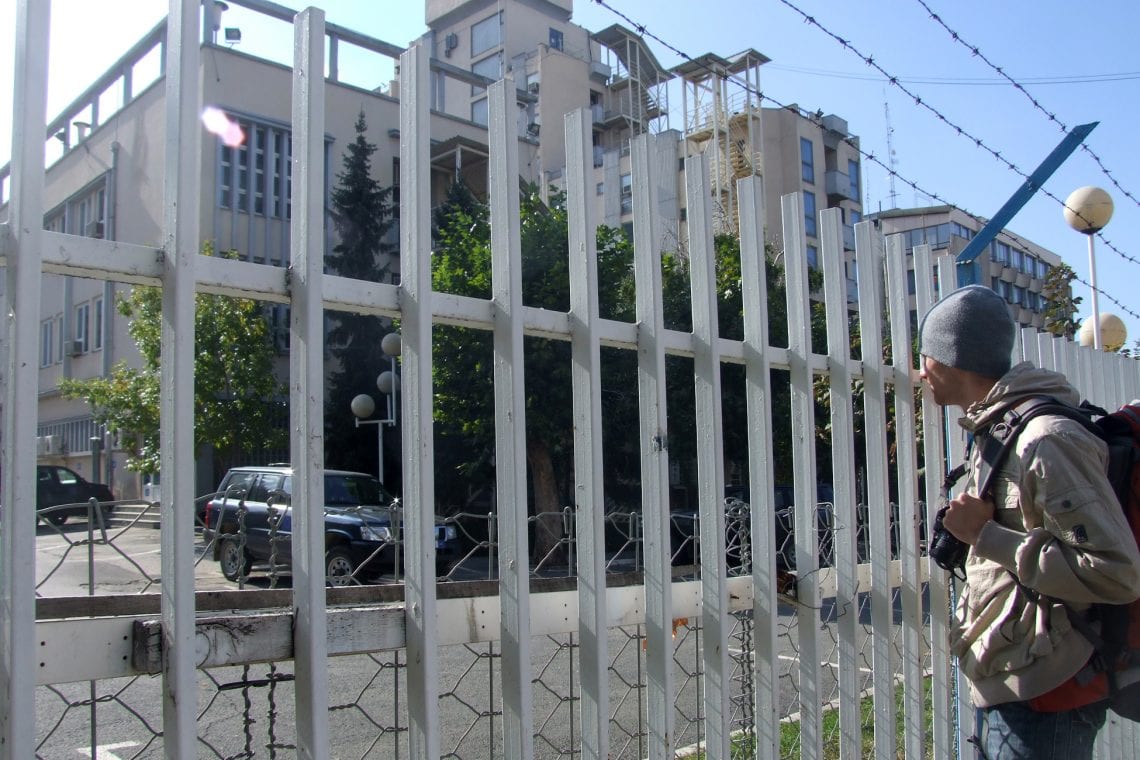
Above: The trail mostly runs over a dirt track towards the valley
Pristina can seem a strange place, with no clear attractions, no historic centre, no central square as such, no real monuments, no bridges or river. It is hard to image why you might want to visit. However, this is a city who’s priority isn’t to cater for tourists. You can’t help but get the sense its population just wanting to get on with life and move on from the shadows of the past. The streets are a hive of activity as people go about their everyday business along the haphazard streets with missing manhole covers. While much of the city has recovered past scares, every so offer you can still come across a building which still bares the marks of recent conflicts
WHERE TO STAY
There is a good number of options. We stayed at the Velania Guesthouse (The Professor’s Guesthouse).
USEFUL LINKS
- Kosovo Railways
- Info from Wiki Voyage: Pristina



